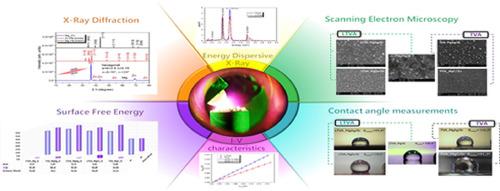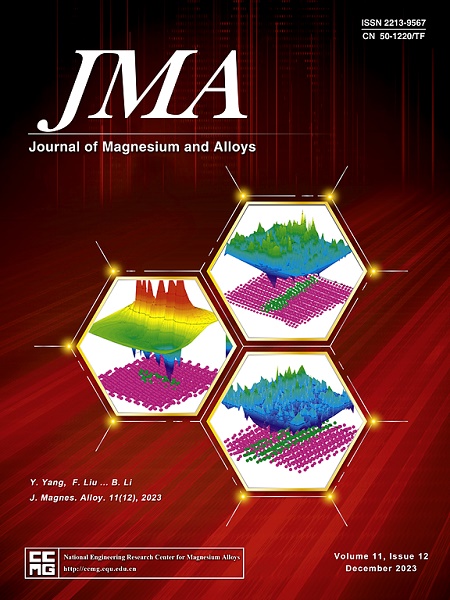Versatile techniques based on the Thermionic Vacuum Arc (TVA) and laser-induced TVA methods for Mg/Mg:X thin films deposition-A review
IF 15.8
1区 材料科学
Q1 METALLURGY & METALLURGICAL ENGINEERING
引用次数: 0
Abstract
Magnesium and magnesium thin alloy films were deposited using a thermionic vacuum arc (TVA), which has multiple applications in the field of metallic electrodes for diodes and batteries or active corrosion protection. An improved laser-induced TVA (LTVA) method favors the crystallization processes of the deposited magnesium-based films because the interaction between laser and plasma discharge changes the thermal energy during photonic processes due to the local temperature variation. Plasma diagnosis based on current discharge measurements suggests an inelastic collision between the laser beam and the atoms from the plasma discharge. The morphology and surface properties of the obtained thin films differ between these two methods. While the amorphous character is dominant for TVA thin films, enabling a smooth surface, the LTVA method produces rough surfaces with prominent crystallinity, less hydrophobic character and lower surface energy. The smooth surfaces obtained by the TVA methods produce metallic electrodes with good electrical contact, ensuring better diodes and battery charge transport. Both methods allow uniform magnesium alloys to be obtained, but the laser used in the LTVA on the discharge plasma controls the added metal or element ratio.

基于热真空电弧 (TVA) 和激光诱导 TVA 方法的镁/镁:X 薄膜沉积多功能技术--综述
镁和镁合金薄膜是利用热离子真空电弧(TVA)沉积而成的,TVA 在二极管和电池的金属电极或活性腐蚀保护领域有多种应用。改进的激光诱导 TVA(LTVA)方法有利于沉积镁基薄膜的结晶过程,因为激光和等离子体放电之间的相互作用会因局部温度变化而改变光子过程中的热能。基于电流放电测量的等离子体诊断表明,激光束与等离子体放电中的原子之间存在非弹性碰撞。这两种方法获得的薄膜的形态和表面特性各不相同。TVA 薄膜的主要特征是无定形,因此表面光滑,而 LTVA 方法产生的表面粗糙,结晶性突出,疏水性较差,表面能较低。通过 TVA 方法获得的光滑表面可产生具有良好电接触的金属电极,从而确保更好的二极管和电池电荷传输。这两种方法都能获得均匀的镁合金,但 LTVA 在放电等离子体上使用的激光可控制添加的金属或元素比例。
本文章由计算机程序翻译,如有差异,请以英文原文为准。
求助全文
约1分钟内获得全文
求助全文
来源期刊

Journal of Magnesium and Alloys
Engineering-Mechanics of Materials
CiteScore
20.20
自引率
14.80%
发文量
52
审稿时长
59 days
期刊介绍:
The Journal of Magnesium and Alloys serves as a global platform for both theoretical and experimental studies in magnesium science and engineering. It welcomes submissions investigating various scientific and engineering factors impacting the metallurgy, processing, microstructure, properties, and applications of magnesium and alloys. The journal covers all aspects of magnesium and alloy research, including raw materials, alloy casting, extrusion and deformation, corrosion and surface treatment, joining and machining, simulation and modeling, microstructure evolution and mechanical properties, new alloy development, magnesium-based composites, bio-materials and energy materials, applications, and recycling.
 求助内容:
求助内容: 应助结果提醒方式:
应助结果提醒方式:


